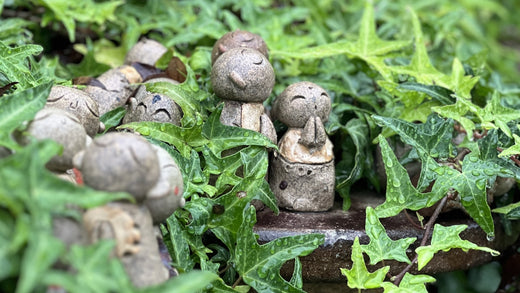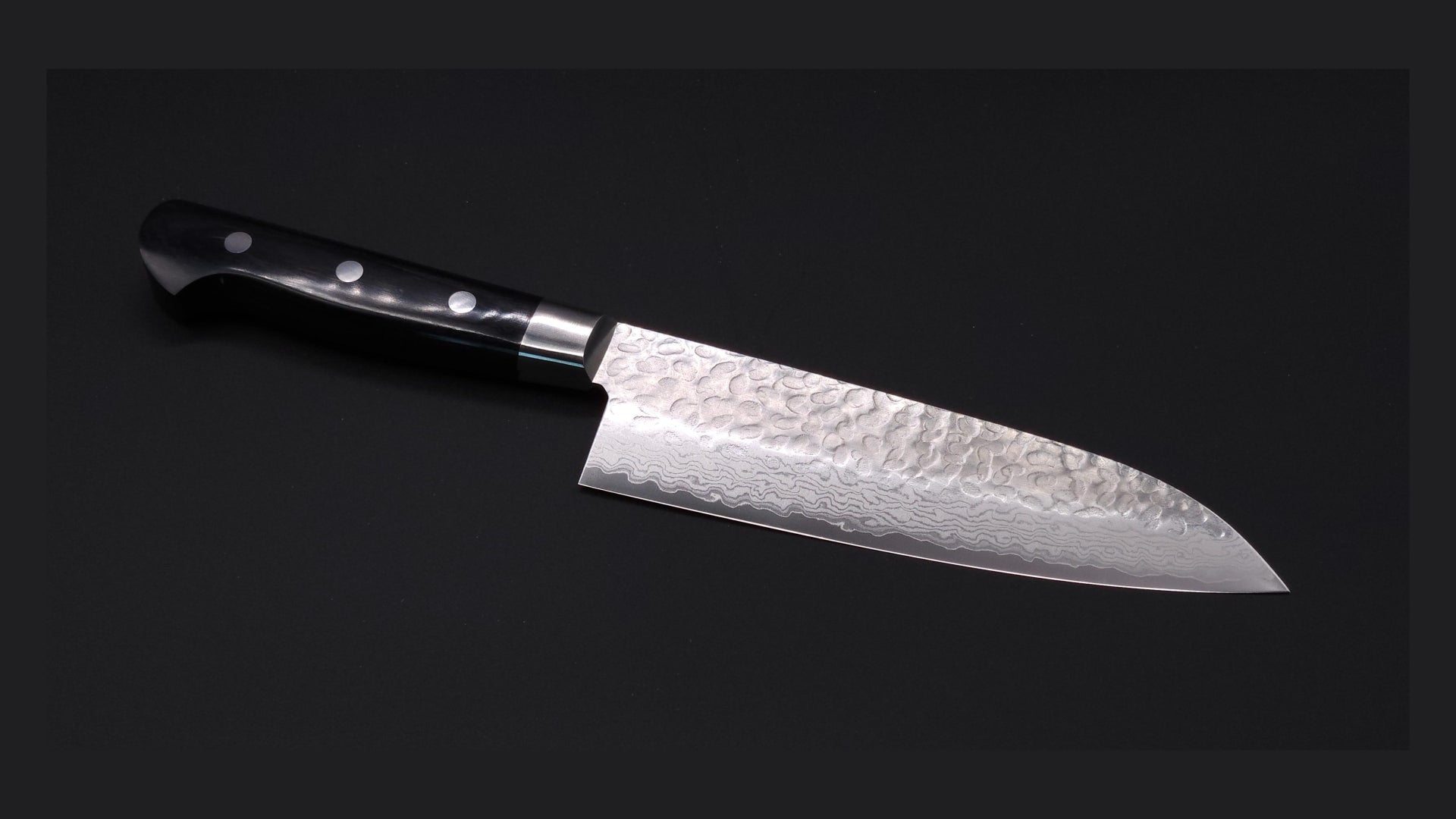
Shigaraki Ware: The Timeless Spirit of Japanese Pottery
Have you ever heard of Shigaraki ware?
If you are a lover of Japanese ceramics, this name will definitely resonate with you, and if you haven’t heard of it yet, chances are you’ll fall in love with it.
Let me outline the main elements of this fascinating pottery style.
The Heritage of Shigaraki Ware: A Timeless Tradition
Shigaraki ware, known as (信楽焼) in Japanese, is a renowned form of pottery originating from the Shigaraki region in Kansai (Central Japan), situated within Shiga Prefecture.
This pottery style is celebrated as one of the Six Ancient Kilns of Japan (alongside Bizen, Tamba, Echizen, Seto, and Tokoname) a testament to its long-standing heritage and significance in Japanese ceramics, and it has been preserved for centuries, contributing to its unique character and appeal.
The Symbolism of the Tanuki
Often, visitors to Japan encounter Shigaraki ceramics without realizing it, particularly in the form of charming Tanuki (狸 Raccoon Dog) statues.
These statues are not only emblematic of the area but also serve as a popular representation of Shigaraki's rich pottery culture.


Traditional Tanuki pottery statuettes in Shigarki.
The Making of Shigaraki Ware: From Clay to Kiln
Shigaraki ware, renowned for its strength and timeless design, is made from a mix of clays sourced near Lake Biwa that allows for the creation of large, durable pottery pieces with a natural charm.
These ceramics are known for their ability to withstand high temperatures, enabling artisans to craft bold, substantial forms.
The Role of the Anagama Kiln (穴窯)
The firing process plays a pivotal role in shaping the unique appearance of Shigaraki ware.
While traditional wood-burning climbing kilns (known as anagama - 穴窯, an ancient type of pottery kiln introduced in Japan from China and Korea) have been used for centuries, some modern potters opt for gas or electric kilns for more consistent temperature control.


Traditional Anagama kilns (left) and a modern kiln (right).
The Magic of Glazes and Natural Hiiro
Exposed to intense heat within the kiln, the pottery undergoes a transformation, developing a characteristic reddish hue known as hiiro (緋色) with color variations that give each piece its own identity.
The application of various glazes further amplifies the aesthetic allure of Shigaraki ware. These glazes range from subtle, nearly see-through finishes that show bluish-green shades, to vibrant, crackled surfaces that exhibit a range of yellow-brown to peach tones. The methods used to apply these glazes, such as dripping, spraying, and splattering, give each piece an organic and spontaneous look.


Shigaraki ware yunomi (letf) and bowl (right).
The History of Shigaraki Ware: A Journey Through Time
Shigaraki ware, a cornerstone of Japan's ceramic heritage, boasts a history as rich and layered as its distinctive pieces, and its legacy spans over centuries, evolving with the nation’s cultural and artistic landscape.
From the Nara to Kamakura Periods
The origins of Shigaraki ware (信楽焼) trace back to the eighth century, during Japan’s Nara period (奈良時代, 710–794)—an era marked by artistic growth and the spread of Buddhism.
Under Emperor Shōmu (聖武天皇, 724–749), large-scale construction projects flourished, including the Shigaraki Palace (信楽宮, Shigaraki-no-miya), built amid the hills of present-day Shiga Prefecture.
To supply tiles for this imperial residence, local craftsmen began firing clay from the surrounding area, giving birth to the earliest forms of Shigaraki pottery.
Although the palace itself was short-lived, the kilns and techniques developed for its construction laid the foundation for a ceramic tradition that would endure for centuries.
Over time, the production evolved to meet the practical needs of local farmers, resulting in a variety of items such as mortars, water urns, bottles, and deep dishes.
Fragments of such pottery were discovered at ancient kiln sites, featuring simple, incised geometric designs that underscore their essential role in daily agricultural life, particularly up until the mid-Kamakura period (鎌倉時代, Kamakura Jidai), around 1185 to 1333.
The Tea Ceremony and the Wabi-Sabi Aesthetic
A turning point arrived during the Azuchi-Momoyama period (安土桃山時代, 1573-1600) with the surge in popularity of the tea ceremony that led to a significant increase in demand for sophisticated pottery and tea utensils.
Shigaraki ware responded by crafting exquisite pieces that embodied the essence of wabi-sabi (侘び寂び): a profound appreciation for simplicity, imperfection, and the passage of time. These tea utensils remain prized possessions today.
It's important to note that the connection between Shigaraki pottery, the tea ceremony, and influential figures like the tea master Sen no Rikyū (千利休, 1522-1591) and Zen Buddhism is a complex and fascinating topic deserving of deeper exploration.
The Edo to Taisho Eras: Everyday Beauty
During the Edo period (江戸時代, 1603-1868), Shigaraki ware broadened its range, adding common items such as sake bottles, and earthenware pots to its lineup.
Then, during the subsequent Taisho era (大正時代, 1912-1926), there was a significant increase in popularity for the traditional indoor brazier known as Hibachi (火鉢), which further cemented the region's reputation as a center for high-quality ceramics.
The Present: Tradition Meets Modern Design
Ranging from everyday tableware to iconic tanuki figurines, Shigaraki ware’s broad spectrum has ensured its enduring popularity; recognized for its cultural importance, it was officially designated a National Traditional Craft (伝統工芸品) in 1976.
More than just visually pleasing, Shigaraki ware represents a deep connection to both nature and the time-honored traditions of Japanese craftsmanship.
Thanks to the region’s unique clay deposits and the skill of its artisans, Shigaraki pottery has evolved alongside the broader history of Japanese ceramics, and its robust yet elegant qualities have earned Shigaraki ware a cherished place among collectors and admirers of Japanese ceramic art.
Today, Shigaraki area continues to be a hub for ceramic excellence, blending tradition with contemporary design.
Discover our collection of modern Shigaraki ware
Maruju | Japanese Pottery – TSUKUSHI (tsukushi-japan.com)
Shigaraki Ware FAQ
Quick answers to the most common questions about Shigaraki ware (信楽焼), its history, making methods, aesthetics, care, and how to recognize authentic pieces.
What is Shigaraki ware and why is it famous?
Shigaraki ware (信楽焼) is a traditional Japanese pottery from Shiga Prefecture and one of the “Six Ancient Kilns” (日本六古窯). It is celebrated for rustic textures, natural ash effects, warm reddish tones, and a wabi-sabi aesthetic.
How is Shigaraki ware made?
Artisans use iron-rich clays near Lake Biwa, form bold shapes, then fire them in wood-fired climbing kilns like anagama (穴窯) or in modern gas/electric kilns. Firing atmosphere and ash create unique surfaces and color variations.
What visual features should I look for?
Signature traits include the reddish “hiiro” (緋色) blush, natural ash glazing, feldspar “stone bursts,” subtle warping, and scorch marks. These kiln-born effects give each piece a one-of-a-kind character.
Is Shigaraki ware glazed or unglazed?
Both exist. Traditional pieces often rely on natural ash vitrification for a glassy skin, while contemporary works may use applied glazes, from translucent bluish-green to warm yellow-brown or peach crackle finishes.
Is Shigaraki tableware food-safe and durable?
When made for table use by reputable kilns, it is generally food-safe and robust. Handwashing is recommended. Avoid sudden temperature shocks and prolonged soaking to preserve the clay body and finish.
How should I care for Shigaraki ware at home?
Wash gently with mild detergent and a soft sponge. Dry thoroughly before storage. For some unglazed interiors, a one-time rice-water “sealing” (目止め) can help minimize absorption. Keep away from rapid heat changes.
What is its connection to the tea ceremony and wabi-sabi?
From the Momoyama era, Shigaraki produced tea utensils prized for “imperfect” natural beauty. Tea master Sen no Rikyū (千利休) championed this wabi-sabi (侘び寂び) sensibility, valuing simplicity, patina, and timeworn textures.
How can I recognize authentic Shigaraki and where can I visit?
Look for provenance from Shigaraki (Kōka, Shiga), kiln stamps, and documentation from established workshops. In Japan, visit the Shigaraki area and the Shigaraki Ceramic Cultural Park for museums, studios, and firing sites.



